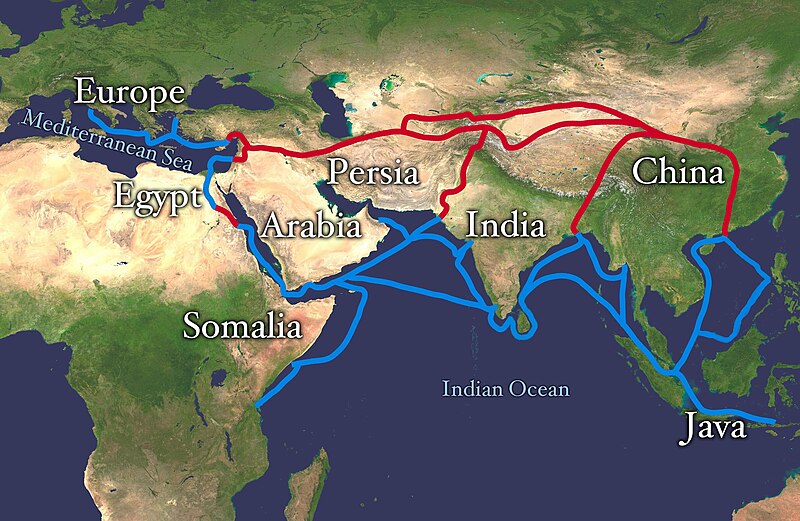Genghis Khan knew that he must be both wise and ruthless in order to build on his conquests. He allowed his men to keep a portion of the plunder. Inhabitants of towns and villages that had not defied or resisted were usually divided into categories. The fairest of the women and the oldest of the children were taken as captives. They would later be used or sold as slaves. The youngest children were many times slaughtered because they would slow the army down. Skilled artisans were spared in order to help build in Mongolia and to teach their craft. Some men surrendering without a fight were given the option of joining Genghis Khan’s forces.
The largest cities that submitted without a fight might be allowed to remain as vassals after their oath of allegiance to Genghis Khan only to be forced to pay huge annual tribute.
However, when the Mongols approached a fortified city they would put some women and children taken from the surrounding area in front of their army to be human shields against the arrows and weapons of the town’s defenders. The soldiers from the city were then often ordered to fire at their own wives and children. Sometimes they could not bring themselves to shoot disobeying orders. This created much dissension among the defending troops making it easier for Genghis Khan’s army to capture the city.
After ransacking the town it was usually burned to the ground leaving the surviving inhabitants without shelter. The lion’s share of the gold, silver and jewels were sent back to the Mongol capital along with the largest herds of livestock.
Genghis Khan wanted the Mongol people to benefit but not become soft from the things of value he sent back. He had observed this “weakness” in China’s wealthy population and saw it as a curse. He wanted his son and their sons to rule over a lasting and growing empire. His youth of hunger and poverty had taught life was hard and he did not want this difficult lesson lost on the Mongols. So it was that the store of his wealth continued to grow and grow
Word of the wrath and destruction of Genghis Khan’s army quickly spread terror and panic throughout unconquered lands and people everywhere. Soon the approaching Mongols would bring a sense of paralysis to a large portion of the populace facilitating Genghis Khan’s invasion plans.
The largest cities that submitted without a fight might be allowed to remain as vassals after their oath of allegiance to Genghis Khan only to be forced to pay huge annual tribute.
However, when the Mongols approached a fortified city they would put some women and children taken from the surrounding area in front of their army to be human shields against the arrows and weapons of the town’s defenders. The soldiers from the city were then often ordered to fire at their own wives and children. Sometimes they could not bring themselves to shoot disobeying orders. This created much dissension among the defending troops making it easier for Genghis Khan’s army to capture the city.
After ransacking the town it was usually burned to the ground leaving the surviving inhabitants without shelter. The lion’s share of the gold, silver and jewels were sent back to the Mongol capital along with the largest herds of livestock.
Genghis Khan wanted the Mongol people to benefit but not become soft from the things of value he sent back. He had observed this “weakness” in China’s wealthy population and saw it as a curse. He wanted his son and their sons to rule over a lasting and growing empire. His youth of hunger and poverty had taught life was hard and he did not want this difficult lesson lost on the Mongols. So it was that the store of his wealth continued to grow and grow
Word of the wrath and destruction of Genghis Khan’s army quickly spread terror and panic throughout unconquered lands and people everywhere. Soon the approaching Mongols would bring a sense of paralysis to a large portion of the populace facilitating Genghis Khan’s invasion plans.






